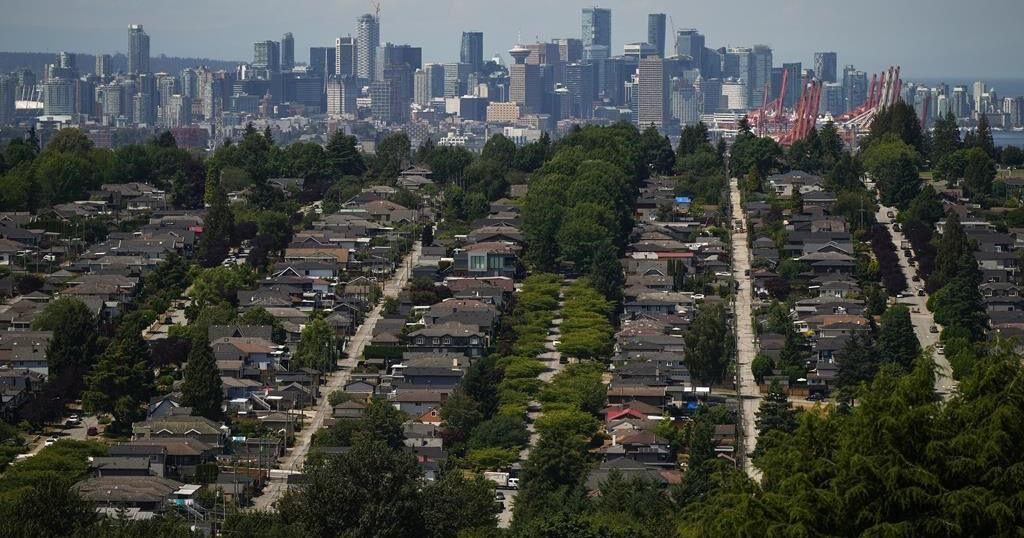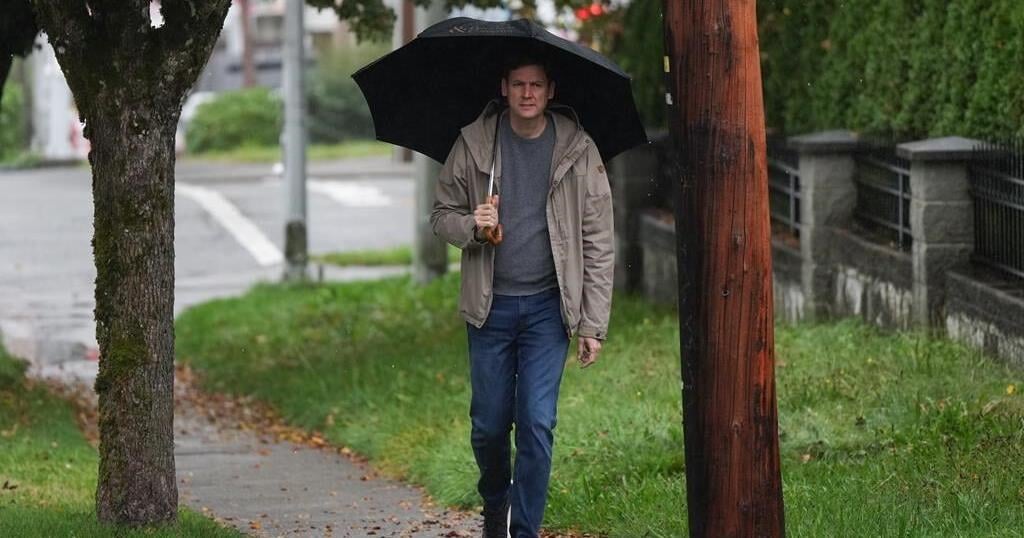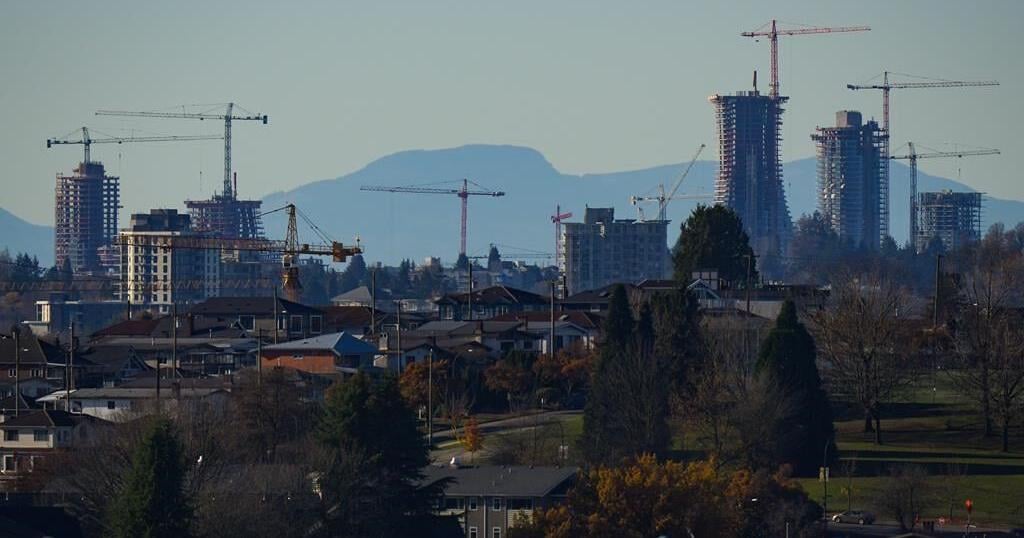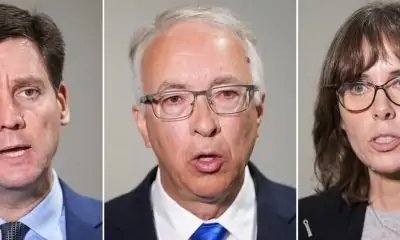It is not uncommon that buyers or sellers look for ways of
getting out of real estate deals. In fact, many mediations involve
just that, more often than not, buyers who want to avoid their
obligations to close a real estate deal. Often, they cannot get the
financing they need or have not been able to sell an existing home
or the market has dropped. They then submit requisitions or object
to the seller’s formal compliance with tender obligations to
justify their refusal to close. The pleadings in defence to the
seller’s claim to damages and forfeiture of deposits are
typically technical and creative.
The courts however tend to favour good faith and reasonable
conduct and as a result, testing the defence in court is fraught
with challenges, especially when the issues raised suggest that
they were not critical to the purchaser’s decision not to
close. For that reason alone, the uncertainty of a successful
decision as well as the costs repercussions warrant a careful
consideration of mediating an expeditious resolution of the
dispute.
A recent case that offers a good lesson involved a purchaser
that claimed that an underground sewer easement affected the
material use of a property which constituted a valid requisition
and a basis for refusing to close. In Haghollahi v. Butt
(2020 ONSC 4082), the buyer wanted out of a deal and their deposit
back when the search of title disclosed two sewer easements running
across their property. The agreement of purchase and sale was the
standard OREA form that makes title subject to such easements
provided that they do not “materially affect the use of the
property”. The agreement of purchase and sale included
the legal description that said it was “S/T LT605802”
(i.e. subject to the easement in that instrument number). The
easement agreement itself contained the usual clauses about keeping
the easement lands free of trees, buildings and not to be paved.
These are typical sewer easement restrictions.
It was a big house on a large lot and it had an inground pool
and hot tub that were not on the easement lands. But the buyer
claimed that they wanted to expand the pool, and maybe even put an
addition on the house. The court noted that the buyers had not
walked the back of the house when they bought it, or met with the
town about their “plans” or investigated their plans with
contractors, etc. However, they wanted out of the deal based on the
easements materially affecting their use of the land. (Interesting
that the court did not address whether a future use of the property
is even covered by the right to object.)
The court reviewed the cases dealing with considerations of what
makes such easements materially affect the use of the land. But
more importantly, the court inferred that “the existence of
the easements is not the real motive behind seeking rescission of
the Agreement.”
In earlier days, our courts tended to accept technical
objections to title and procedural issues on real estate
transactions. More recently, the courts tend not to accept
technical excuses for finding ways to get out of a deal when there
are other motives for refusing to close. I advise real estate
transaction lawyers that if they are advising clients on the
likelihood of success of such a strategy, they ensure that they are
very clear with their clients about the chances and the trend in
the cases and that they protect themselves accordingly. In this
case, the issue was determined on a Vendor and Purchaser
Act application. More often, the buyer takes the technical
position on closing, gets sued by the seller and often, the lawyer
for the buyer is brought into the action because of advice given
about whether he or she had the right not to close. The
seller’s lawyer may also be added to the mix based on likely
allegations that the buyer’s refusal to close was due to the
seller’s lawyer’s procedural error such as not tendering,
faulty tendering or poor advice on the seller’s rights.
For litigators, the advice is not that much different. There is
no guarantee of judicial success and the costs can far outweigh the
practical result. By the time the matter goes to trial, the only
real thing being fought over is the deposit and the costs of
success may dilute the amount that the seller will actually
recover. Litigators too should be forthright with their clients
about the practical result of pushing ahead with expensive
litigation, given that they are relying on technicalities. Settling
early, while not particularly satisfactory on a principled basis,
may prove the best financial result.
Technical objections may well have merit and as a result, a
mediator with a good grasp of real estate law, and real estate
practice and procedure may facilitate a speedy and fair result.
The content of this article is intended to provide a general
guide to the subject matter. Specialist advice should be sought
about your specific circumstances.

























